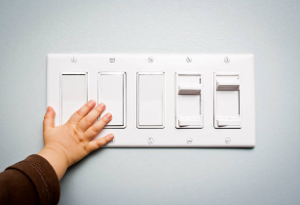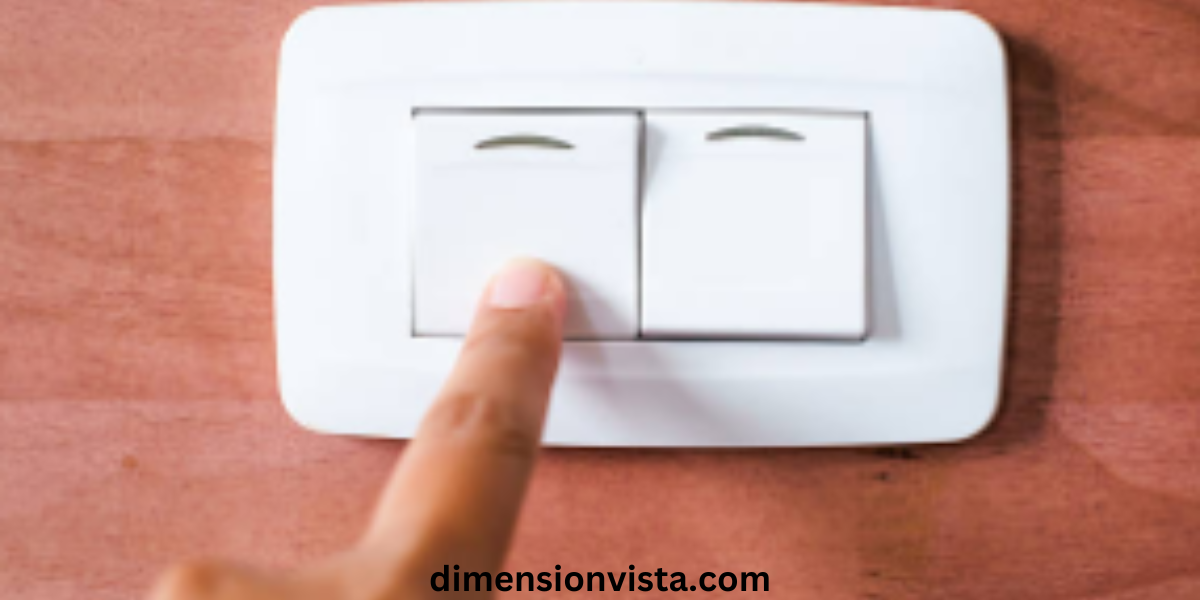Light switch covers, though often over looked, play a significant role in both the functionality and aesthetics of a space. Choosing the right material for these covers ensures durability and enhances the overall interior design. This comprehensive guide explores the best materials for durable and decorative light switch covers, providing insights to help you make an informed decision.
Importance of Selecting the Right Light Switch Cover

Light switch covers serve multiple purposes:
- Protection: They shield electrical components from dust, moisture, and accidental contact.
- Safety: Proper covers prevent electrical hazards, especially in homes with children.
- Aesthetics: A well-chosen cover complements the room’s decor, adding a finishing touch to the interior design.
Selecting the appropriate material ensures longevity and aligns with your home’s style.
Common Materials for Light Switch Covers
Various materials are used to manufacture light switch covers, each offering distinct advantages:
1. Plastic
- Durability: Plastic covers are lightweight and resistant to corrosion, making them suitable for humid environments.
- Design Variety: Available in numerous colors and styles, plastic covers can mimic other materials at a lower cost.
- Considerations: While affordable, they may lack the premium feel of other materials and can discolor over time.
2. Metal
- Types: Common metals include stainless steel, brass, bronze, and copper.
- Durability: Metal covers are robust and offer excellent longevity.
- Aesthetics: They provide a sleek, modern look and can develop a patina over time, adding character.
- Considerations: Metal covers can be more expensive and may require polishing to maintain their appearance.
3. Wood
- Aesthetics: Wooden covers add warmth and a natural element to interiors, ideal for rustic or traditional designs.
- Customization: They can be stained or painted to match existing woodwork.
- Considerations: Wood is susceptible to moisture and may warp over time; sealing can mitigate this issue.
4. Ceramic
- Aesthetics: Ceramic covers offer artistic and handcrafted appeal, with various colors and patterns.
- Durability: They are sturdy but can crack if subjected to strong impact.
- Considerations: Ceramic covers are generally more fragile and may be more suitable for low-traffic areas.
5. Glass
- Aesthetics: Glass covers provide a sleek and elegant appearance, often used in modern interiors.
- Durability: Tempered glass is strong but can still be prone to shattering upon impact.
- Considerations: Glass covers require regular cleaning to maintain clarity and are best used in areas where they are less likely to be bumped or knocked.
Factors to Consider When Choosing a Material
When selecting the material for your light switch covers, consider the following factors:
1. Room Environment
- Humidity: In areas like bathrooms and kitchens, materials resistant to moisture, such as plastic or stainless steel, are preferable.
- Traffic: High-traffic areas benefit from durable materials like metal to withstand frequent use.
2. Interior Design
- Style: Ensure the material complements the room’s decor. For instance, brass or bronze suits traditional designs, while stainless steel fits modern aesthetics.
- Color Scheme: Choose a material and finish that harmonizes with the room’s color palette.
3. Maintenance
- Cleaning: Some materials, like glass or polished metals, show fingerprints and smudges more readily and may require frequent cleaning.
- Longevity: Consider how the material ages; some metals develop a patina, which can be desirable or not, depending on your preference.
Enhancing Aesthetics with Decorative Covers
Beyond functionality, light switch covers can serve as decorative elements:
1. Custom Designs
- Fabric-Covered Plates: Using fabric and Mod Podge, you can create personalized covers that match your room’s textiles.
- Wallpaper Matching: Covering switch plates with leftover wallpaper ensures they blend seamlessly with the walls.
2. Artistic Touches
- Hand-Painted Covers: Artists can paint designs directly onto plain covers, adding a unique flair.
- Decoupage: Applying decorative paper or images with a sealing glue offers a customized look.
Installation and Safety Tips
Ensuring proper installation and safety is paramount:
- Power Off: Always turn off the electricity at the circuit breaker before replacing switch covers.
- Secure Fit: Ensure the cover fits snugly against the wall to prevent exposure of wiring.
- Screw Tightening: Avoid overtightening screws to prevent cracking, especially with plastic or ceramic covers.
Conclusion
Selecting the right material for your light switch covers is a blend of functionality and aesthetics. By considering the room’s environment, your interior design preferences, and maintenance requirements, you can choose covers that are both durable and decorative, enhancing the overall ambiance of your space.

